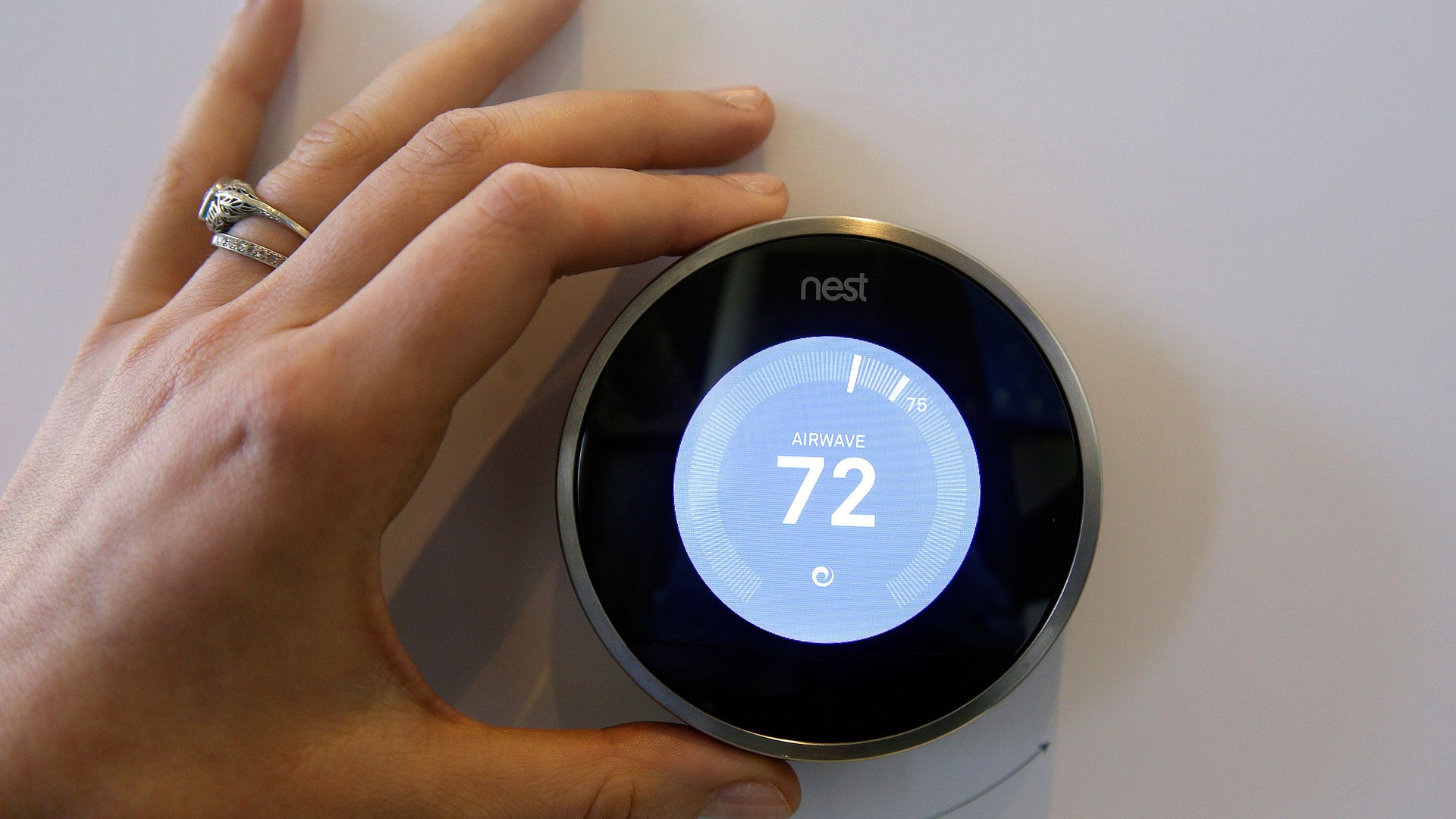How Google plans to take over your home (without you even realizing it)
Nest was once known for making a stylish, smart thermostat that knew just the right moment to change the temperature, helping to keep people comfortable at home while also lowering their monthly utility bills. But over time, Nest grew to encompass more: It was also a smart smoke and carbon monoxide detector, as well as a connected camera that monitored homes around the clock.


Nest was once known for making a stylish, smart thermostat that knew just the right moment to change the temperature, helping to keep people comfortable at home while also lowering their monthly utility bills. But over time, Nest grew to encompass more: It was also a smart smoke and carbon monoxide detector, as well as a connected camera that monitored homes around the clock.
As its scope grew, Nest evolved into a smart-home platform. And today (Oct. 1) the Google-owned subsidiary opened up the key technology that makes its products work seamlessly together to outside developers.
Nest Weave is the communication protocol that the company has been using the last five years to enable its devices to talk directly to each other. Google first announced that it was making Weave available for developers in May at its developer conference; the move should let the search giant set standards and ultimately help define the Internet of Things ecosystem.
The availability of connected devices has exploded in recent years. As consumers look for the latest and greatest, many companies have responded by cramming in sensors—into light bulbs, wrist bands, coffee makers, even toothbrushes—so they connect to the internet.
But getting these devices to work reliably has been tricky. A set of smart light bulbs might work great out of the box, but over time, it’s not unusual for lag to creep in. And that’s not accounting for external factors, like if the WiFi goes down.
Nest Weave runs on Thread, a wireless networking protocol for connected devices. Because of the nature of Thread’s decentralized mesh network, one break in the system, even to something as crucial as the internet, won’t bring everything down.
Since devices can relay information to one another, they don’t require a strong WiFi signal, removing constraints as to where they can be placed. Direct communication among devices also cuts down on lag, reducing latency to less than 100 milliseconds, according to Nest—crucial for devices you want to work instantly, such as connected home locks.
Weave, of course also makes it possible for such devices to talk to Nest products, which enables more robust functionality. For example, if Nest Protect detects carbon monoxide, it can trigger smart light bulbs to turn red as a warning for people inside the house.
“Nest isn’t going to build every product for your home,” Greg Hu, senior manager of the Nest platform, tells Quartz.
But it’s setting in motion a plan to take over the running of people’s homes with this invisible technology—one device at a time.